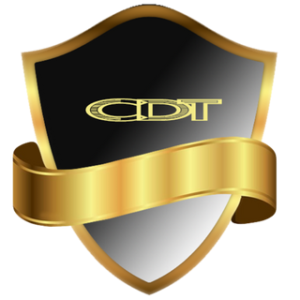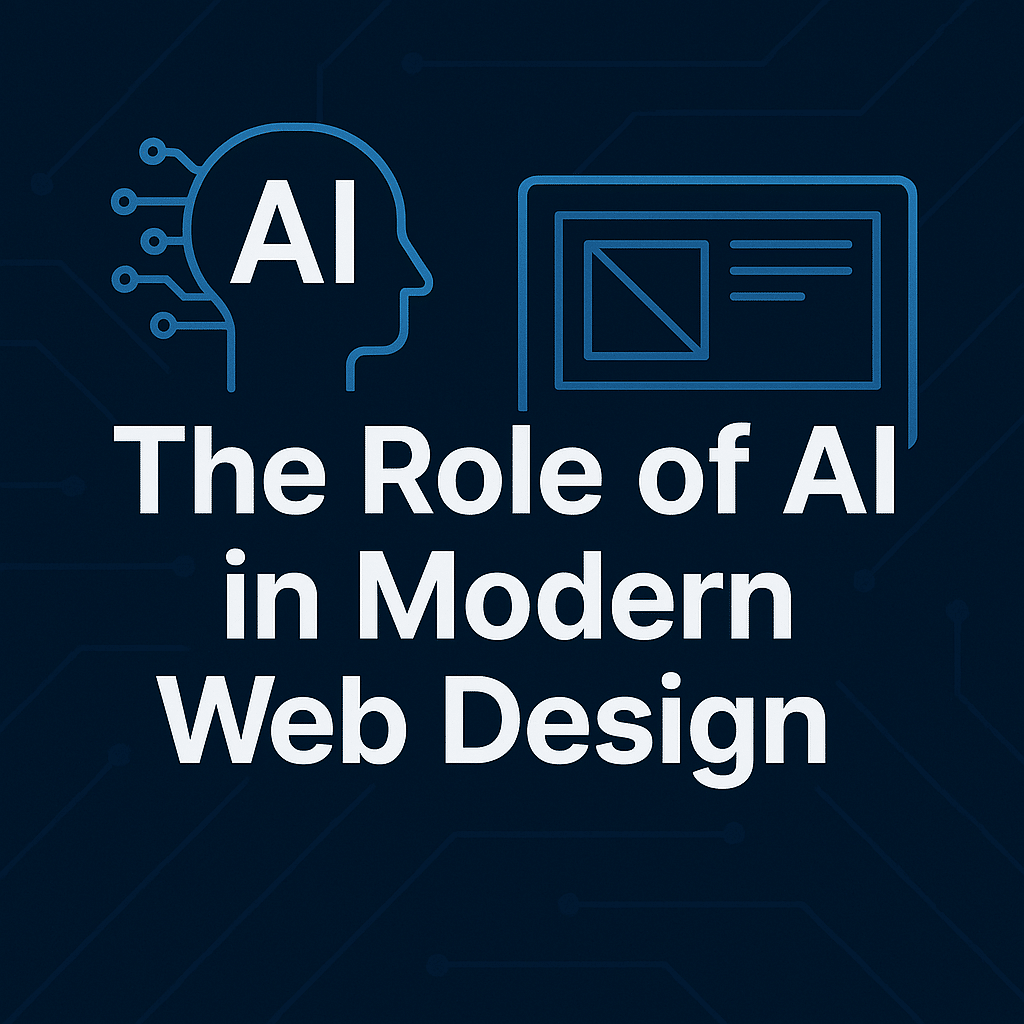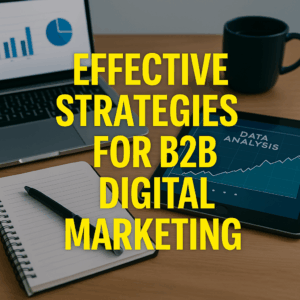Introduction: The Role of AI in Modern Web Design
As digital experiences evolve, the role of AI in modern web design is becoming increasingly significant. Artificial Intelligence (AI) is reshaping how websites are planned, designed, and optimized—not only enhancing visual appeal but also improving functionality, personalization, and performance.
In an age where user expectations are high and attention spans are short, AI-powered solutions are helping businesses deliver seamless, data-driven web experiences. Understanding the intersection of AI and web design is essential for developers, designers, and business owners who want to stay ahead in 2025 and beyond.
1. AI-Powered Personalization
One of the most impactful uses of AI in web design is content personalization. AI algorithms analyze user data—such as browsing history, device type, and behavior patterns—to deliver tailored website experiences, following proven AI personalization strategies.
This allows websites to:
- Display personalized content and product recommendations
- Adapt layouts based on user preferences
- Offer real-time chatbot assistance tailored to user queries
Personalization increases engagement, improves conversion rates, and creates more satisfying user journeys.
2. Smart Design Assistance and Layout Suggestions
AI tools now assist designers by suggesting color schemes, font pairings, layout structures, and image placements based on industry trends and user data. Platforms that integrate AI into design workflows can accelerate the prototyping process and ensure adherence to UX/UI best practices.
Tools like Adobe Sensei, Wix ADI, and Figma AI plugins enable designers to streamline workflows while enhancing visual consistency and accessibility.
3. Chatbots and Conversational Interfaces
AI-driven chatbots have become essential components of modern websites, offering real-time support and reducing bounce rates. These bots simulate human conversation, answer frequently asked questions, collect feedback, and even guide users through sales funnels. Learn more about how AI chatbots are transforming websites.
By integrating AI-powered chat interfaces, websites can maintain 24/7 engagement and deliver customer service that scales with demand.
4. Improved Accessibility and Inclusivity
AI contributes to web accessibility by helping designers detect and correct potential barriers for users with disabilities. These efforts align with recognized web accessibility standards. For example:
- AI tools can generate alternative text for images
- Readability scores can help adjust content tone
- AI-based captioning can improve multimedia access
Inclusive design not only benefits users but also aligns with global web standards like WCAG.
5. Predictive Analytics and Behavior Modeling
AI leverages large datasets to predict user behavior and recommend design improvements. Web developers can use AI to:
- Identify bottlenecks in user flow
- Recommend optimal button placements
- Adjust call-to-action timing based on scrolling behavior
These insights enable designers to create data-backed design decisions that improve performance over time.
6. Automating Repetitive Design Tasks
AI can automate repetitive web design tasks such as:
- Image resizing for multiple devices
- Code generation for common UI elements
- A/B testing for layout performance
This not only increases efficiency but also allows designers to focus on creative and strategic aspects of the user experience.
7. AI in SEO and Content Structuring
AI tools also assist with SEO optimization by analyzing keyword relevance, internal linking structure, and metadata. They can suggest improvements to headings, content layout, and page speed—critical factors in both user experience and search engine rankings.
Integrating AI into a content management system (CMS) can further streamline these processes for ongoing performance tracking and optimization.
8. Visual Recognition and Dynamic Design
AI image recognition and dynamic layout generation enable responsive design that adapts not just to screen sizes but also to content types and context. For example:
- AI can adjust layout based on dominant colors in uploaded images
- Video content can be automatically resized and repositioned for better flow
This leads to more intelligent and user-centered design systems that evolve with content changes.
Conclusion
The role of AI in modern web design is far-reaching and transformative. From streamlining design processes and enhancing personalization to driving accessibility and predictive behavior modeling, AI is reshaping the digital landscape.
While human creativity and strategic thinking remain irreplaceable, AI acts as a powerful co-pilot in building smarter, faster, and more engaging websites. As AI technology continues to evolve, web design professionals who embrace its capabilities will be better equipped to create innovative and high-performing digital experiences.
Staying informed about the integration of AI into web design is essential for future-proofing your online presence.




